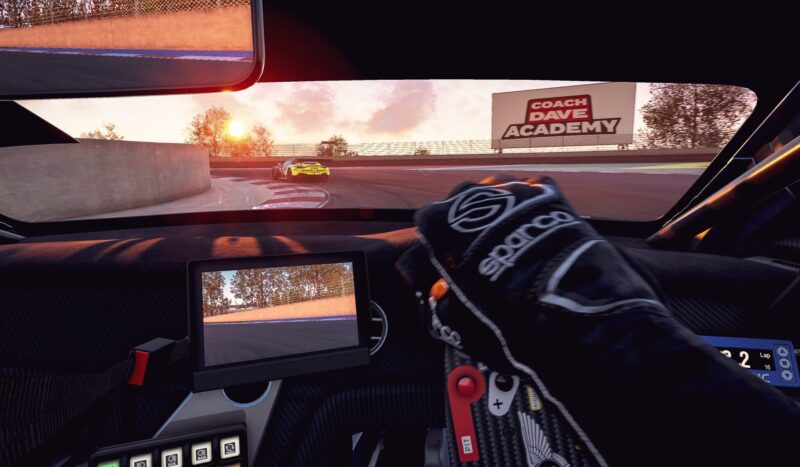Sim racing offers the thrill of high-speed competition without the risk of real-world crashes. It allows anyone to experience motorsport without leaving their home. For newcomers, the variety of choices and the technical aspects might seem overwhelming. This guide simplifies the process and makes entry into sim racing smooth and enjoyable.
What Is Sim Racing?
Sim racing refers to simulated racing, a type of video game or simulation that replicates real-life motorsport. Unlike arcade-style racing games, sim racing focuses on realism. It involves precise physics, accurate car handling, and the need for strategy. Sim racing is more than a game. It’s a sport. Professionals and amateurs alike take it seriously.
Equipment You Need
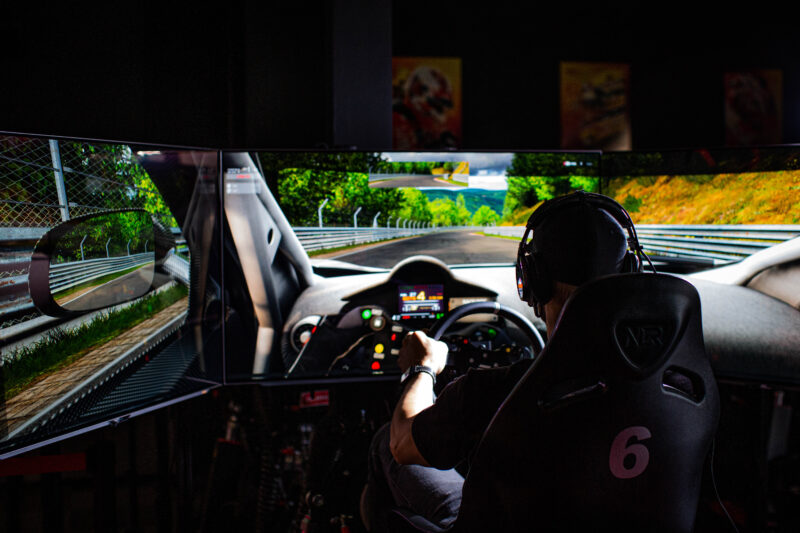
Getting started requires some basic equipment. A decent setup improves the experience and gives a competitive edge.
Wheel and Pedals
A controller or keyboard will never provide the same level of control as wheel and pedals. Brands like Logitech, Thrustmaster, and Fanatec offer options for different budgets. Look for a force feedback wheel, as it replicates the feeling of driving a real car.
Cockpit or Wheel Stand
Mounting your wheel on a desk is possible, but not ideal. A cockpit or wheel stand provides stability. It allows you to adjust the position for comfort. This setup also adds to the immersion.
Monitor or VR Headset
A high-refresh-rate monitor or a VR headset enhances the visual experience. Most sim racers prefer triple monitors for a wide field of view. A VR headset, on the other hand, offers an immersive experience. Both options require a powerful computer.
Racing Seat
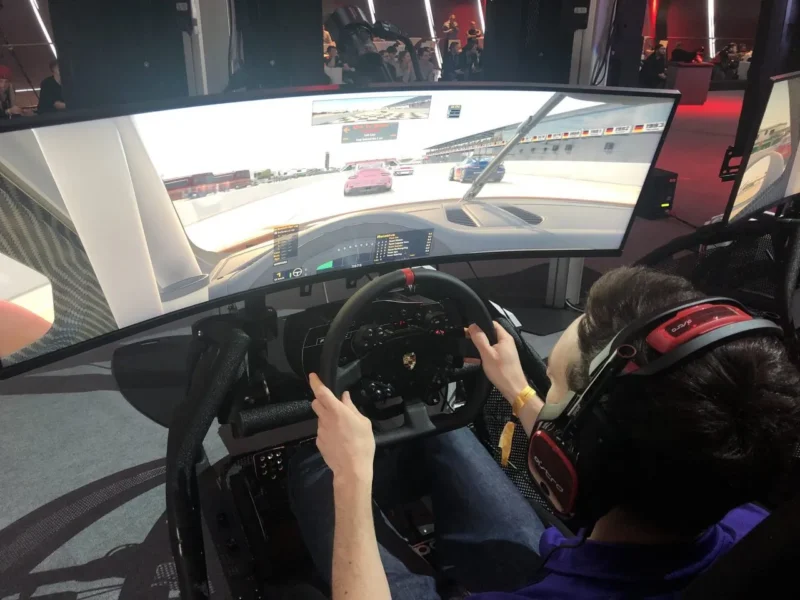
A dedicated racing seat increases comfort during long sessions. While not essential, it adds to the experience. Some setups integrate the seat with the cockpit, making for a sturdy and compact system.
Computer Specifications
A good computer is vital. The game’s performance and graphics depend on it. Focus on a strong GPU, sufficient RAM, and a fast CPU. Brands like NVIDIA and AMD lead in the GPU market. For CPUs, Intel and AMD are popular choices.
Improving Your Skills
Skill development separates casual players from serious sim racers. Practice and patience are key.
Sim Racing
You should learn sim racing by starting with basic driving techniques. Focus on smooth steering, braking, and throttle control. Online courses can offer structured lessons.
Track Knowledge
Know the track inside out. Practice each corner, braking point, and racing line. This knowledge gives you an edge over competitors who rely on guesswork.
Car Setup
Understanding car setup is crucial. Adjusting tire pressure, suspension, and downforce affects handling. Experiment with different setups to find what works best for you.
Join a Community
Joining a community of sim racers helps in learning and improving. Online forums, social media groups, and Discord channels provide advice and support. Competitions and events keep the experience fresh and exciting.
Software and Platforms

To start, choose the right software and platform. Different games cater to different styles and levels of realism.
iRacing
iRacing is known for its realism and professional atmosphere. It requires a subscription but offers regular updates and a large community. Races follow real-world schedules, adding a layer of authenticity.
Assetto Corsa
Assetto Corsa focuses on realism and modding. It allows users to add custom cars, tracks, and more. Its handling model and graphics engine are highly praised.
rFactor 2
rFactor 2 excels in physics and tire modeling. It offers a dynamic weather system and a strong online community. It’s a great choice for those who prioritize realism.
Gran Turismo and Forza Motorsport
Gran Turismo and Forza Motorsport are more accessible and cater to a broader audience. They blend realism with user-friendly controls. Both games feature a large selection of cars and tracks.
Getting Started on a Budget

Not everyone wants to invest heavily at the start. Here’s how to get started without breaking the bank.
Entry-Level Wheel and Pedals
Logitech G29 or G920 are popular choices for beginners. They offer a good balance between cost and performance. Thrustmaster T150 is another option worth considering.
DIY Cockpit or Wheel Stand
Building your own cockpit saves money. Using simple materials like wood and metal, you can create a sturdy base for your wheel and pedals. Alternatively, buy a budget wheel stand.
Single Monitor Setup
Start with a single monitor before upgrading to multiple screens or VR. A 1080p monitor with a good refresh rate works well. Ensure your graphics card can handle the resolution and frame rates.
Affordable Racing Seat
Look for used or budget racing seats. Many car seats can be adapted for use in a sim racing setup. This option reduces costs without sacrificing comfort.
The Importance of Consistency
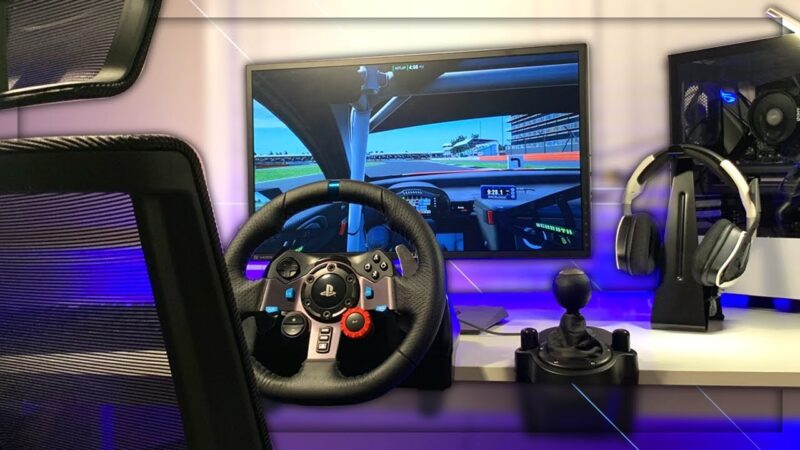
Consistency matters more than speed. Maintaining a steady pace reduces the risk of mistakes.
Develop a Routine
Create a practice routine. Spend time daily on the track, focusing on different aspects of your driving. This consistent practice builds muscle memory.
Stay Calm Under Pressure
Racing can be stressful, especially in competitive environments. Keep calm, focus on your driving, and don’t let mistakes get to you. Mental toughness is as important as skill.
Learn From Mistakes
Mistakes happen. Instead of getting frustrated, analyze what went wrong. Use that knowledge to avoid repeating the same errors.
Advancing to Competitive Sim Racing
Once you’ve mastered the basics, consider moving to competitive racing. It’s a different challenge and requires a higher level of skill.
Participate in Online Leagues
Online leagues offer structured competitions. They operate with strict rules and schedules. Competing in a league sharpens your skills and introduces you to a more serious level of racing.
Upgrade Your Equipment
As you progress, consider upgrading your equipment. A better wheel, pedals, or monitor can make a difference. A direct drive wheel offers the highest level of feedback and precision.
Study Real-World Racing Techniques
Studying real-world racing techniques can improve your sim racing performance. Watch professional races, study the drivers’ techniques, and apply them to your driving.
Analyze Your Performance
Regularly review your races. Watch replays, look at telemetry data, and analyze where you can improve. Even small adjustments can lead to significant improvements.
Common Mistakes and How to Avoid Them
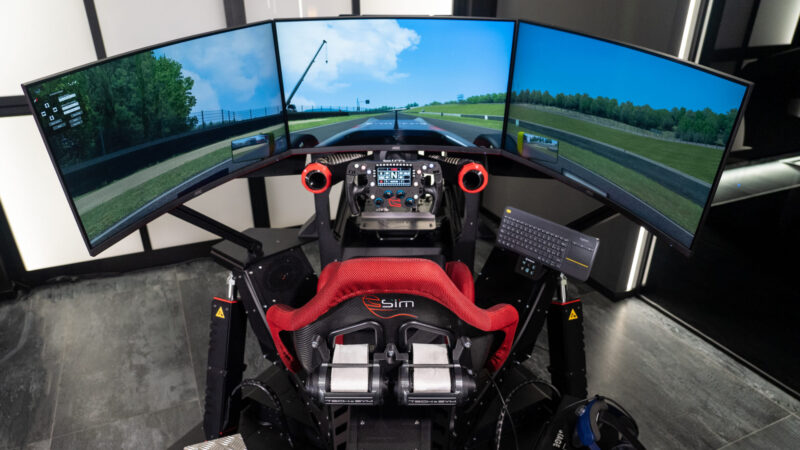
Avoiding common mistakes saves time and frustration. Here are some pitfalls to watch out for.
Over-Driving
Many beginners push too hard, leading to mistakes. Focus on smoothness and consistency rather than speed.
Ignoring Car Setup
Ignoring car setup limits your potential. Experiment with different setups and learn how each adjustment affects the car’s handling.
Neglecting Track Knowledge
Knowing the track is as important as knowing the car. Spend time learning each circuit. This knowledge reduces mistakes and improves lap times.
Skipping Practice
If you start skipping practice, it will hamper your progress. Consistent practice is the key to improvement. Dedicate time daily to refine your skills.
Final Thoughts
Sim racing offers a rewarding experience for those willing to invest the time and effort. With the right equipment, software, and mindset, anyone can get started. Focus on the basics, avoid common mistakes, and practice regularly. Over time, you’ll see improvements in your skills and confidence.
Sim racing isn’t just about speed; it’s about precision, strategy, and consistency. Whether you’re aiming for casual enjoyment or competitive success, the journey is worth it. With dedication and the right approach, the virtual track awaits you. Enjoy the ride!

